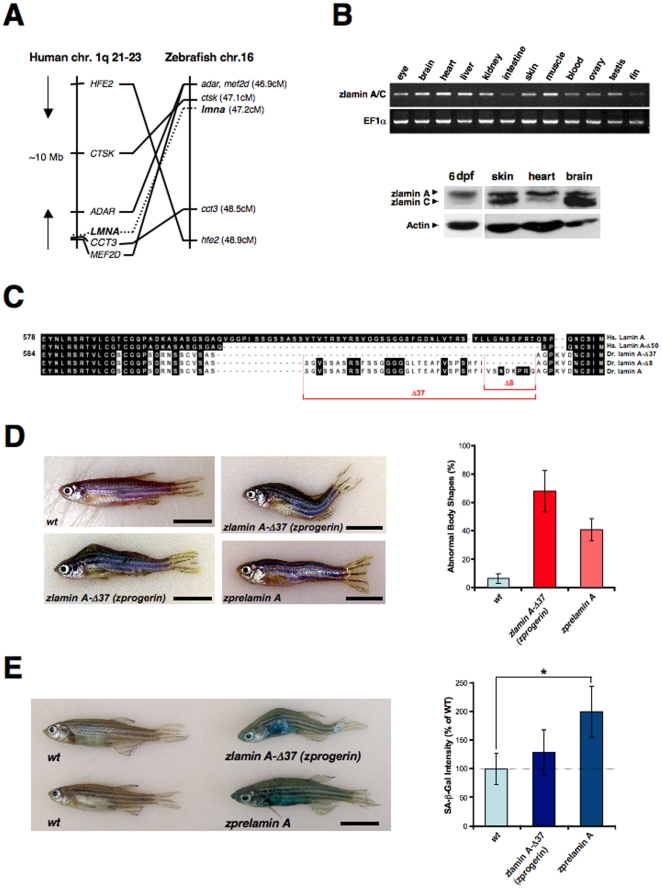Figure 1. Transgenic expression of zebrafish Progerin/lamin A-Δ37 and prelamin A.
(A) The zebrafish LMNA gene was assigned to Linkage Group 16 (LG16) and is syntenic with human chromosome 1q21-23. Left: six genes including LMNA are located within a 10 Mb genomic region on human chromosome 1. Right: six zebrafish homologs of these genes are listed according to the map positions on LG16. (B) RT-PCR analysis of adult zlamin A revealing strong expression in the brain, heart, liver and muscle (upper panels). Western analysis of 6 dpf embryo lysates and 1-year old adult tissues was preformed using an anti-chicken lamin A polyclonal antibody (ab14309), as well as an anti-mouse actin monoclonal antibody as a loading control (lower panels). (C) Amino acid sequence alignment of the C-terminal portions in human (Homo sapiens) lamin A (Hs. lamin A) and zebrafish (Danio rerio) lamin A (Dr. lamin A) and their deleted forms (Δ50 in human; Δ37 and Δ8 in zebrafish) induced by cryptic splicing events. (D) External features of a wild-type non-transgenic sibling fish (wt; 1.5-year old). Two representative zprogerin transgenic fish with curved trunks (zlamin A-Δ37; 1.5-year old) are shown. A zprelamin A transgenic fish with a wavy trunk (2.1-year old) is also shown. In these transgenic fish, spinal curvatures and disproportional body shapes are prominently observed. Scale bars, 1 cm. Qualifications of the abnormal body shapes are shown in the right graph (cohorts of 18 months of age). (E) SA-β-gal staining of wild-type sibling and transgenic fish (1.9-year old). Quantifications of the SA-β-gal intensities in the fish are shown in the right graph (cohorts of 18 months of age, *P<0.01).

